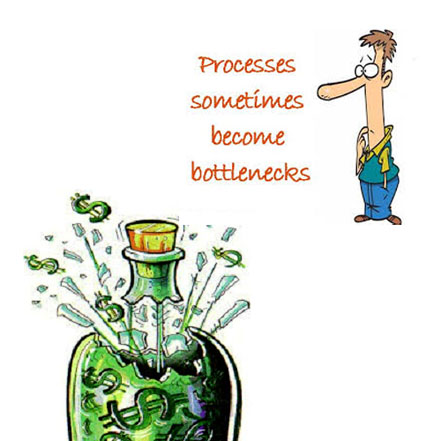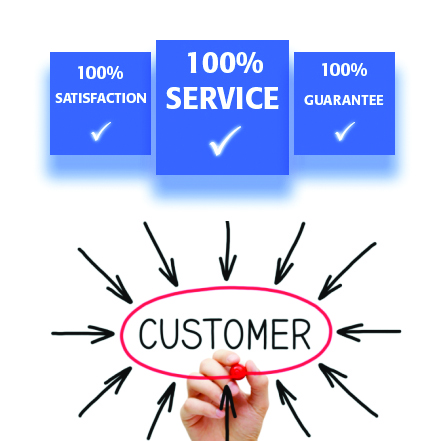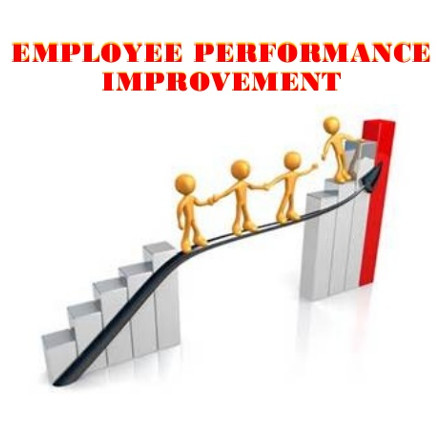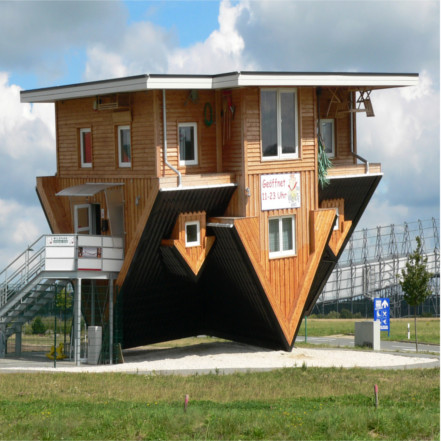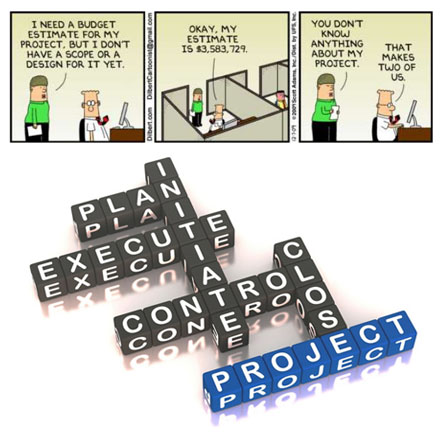Processes For Lean Start-up Growth
When we talk about setting up business operations that are efficient and profitable, the buzz-word LEAN comes to mind. However, what does that really mean in terms of your operations. LEAN is a body of knowledge and tools that successful organizations use to remove all the non-value-adding business activities or waste from their operational processes. It does not matter what type of organization you are, there will eventually be wastage. You might of heard someone say the word Kaizen, which is Japanese for “improvement” or the “pursuit of perfection” as everything can be improved. Along the pathways of what a business does, there is ample opportunities for wasted time, people, equipment, space, and etc. Another methodology used in conjunction with LEAN is 6 Sigma, which is the achievement of zero defects in various functions of an organization. Lean operations is all about adding value and removing waste. Lean is a management strategy that seeks to improve operational performance in terms of customer satisfaction, cost, quality, and delivery by focusing on the customer and eliminating waste, variability and inflexibility.
In order to have efficient or LEAN operations, an organization must design processes and procedures that provide value to the organization. These processes continually need to be Defined, Measured, Analyzed, Improved and Controlled to deliver certain results without a shift in performance. The goal is to keep the eight types of waste in-check at all times with DMAIC so efficiency is not comprised. One must keep in mind what is important to the end customer and what processes are critical to delivering a product or service to the customer in an efficient manner.
The designing of a process involves defining what has to be accomplished, the resources needed, length of time required to complete the task(s) and the financial effect. One must then write out all the steps required to complete process to reach the end result. Most use a process mapping technique, which are mostly diagrams depicting the tasks at hand such as an Workflow or Activity Diagram. The end result is the sum of all its parts or Y=f(x). Sometimes it is necessary to reverse engineer the current process in order to rebuild it correctly so that it provides a better value stream, which means all activities are necessary and add value. When re-engineering a processes, an organization must collect all relevant data using performance charts, interview involved staff and sometimes the customer.
Everyone in the organization must understand how their processes fit into the rest of the company puzzle in order to provide accountable actions. Every process must be re-evaluated when required (less than 5-6 years) in order to maintain the value adding purpose as it relates to the current business and the business’s customer needs.

